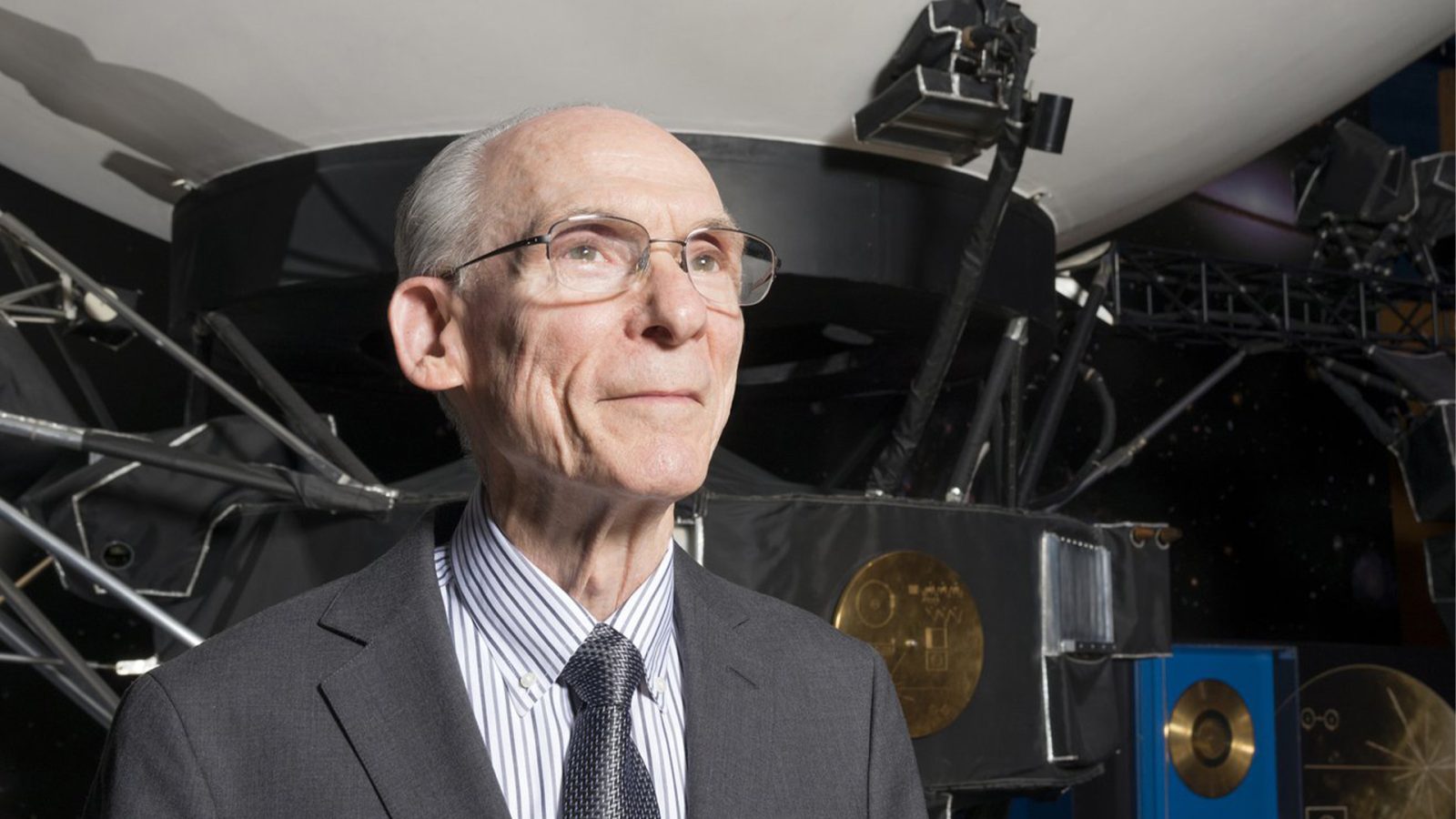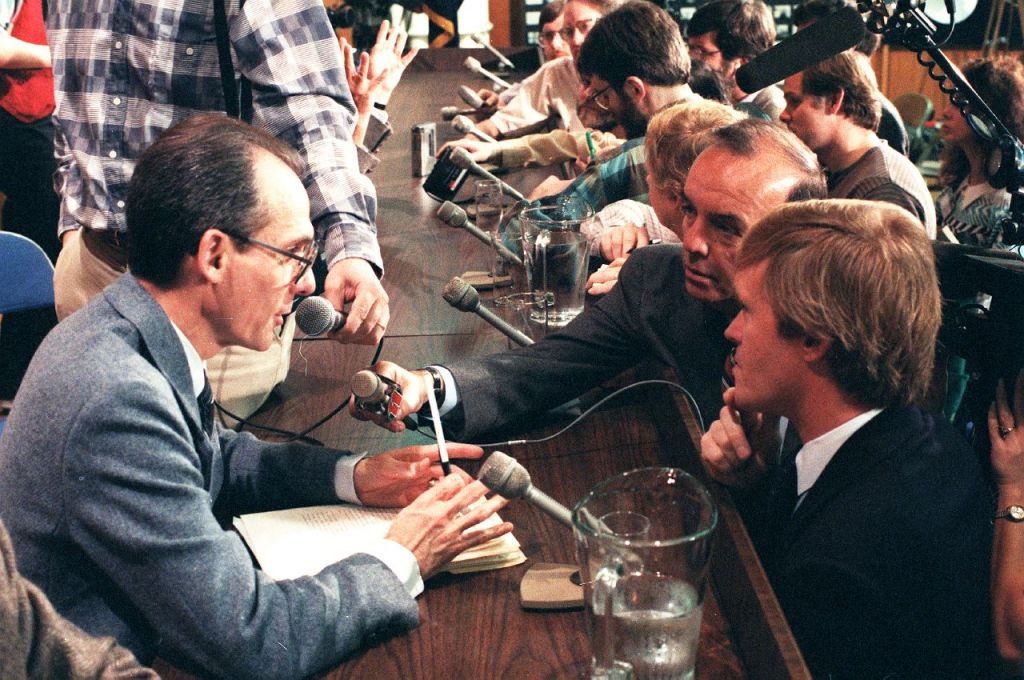
Talk about dedication to your job! While the average employee only stays at their company for four years, Edward Stone stuck around for 50. On Tuesday, he finally retired from JPL, where he served as Voyager’s Project Scientist.
Leading Voyager’s mission from the start
Stone hasn’t just been one of Voyager’s Project Scientists, but the mission’s only since he took on the role in 1972. In that role, Stone oversaw all the science that was performed with both Voyager spacecraft. He even remained in this position as he served as Director of JPL, part of Caltech, from 1991 to 2001.
It has been an honor and a joy to serve as the Voyager project scientist for 50 years. The spacecraft have succeeded beyond expectation, and I have cherished the opportunity to work with so many talented and dedicated people on this mission. It has been a remarkable journey, and I’m thankful to everyone around the world who has followed Voyager and joined us on this adventure.
Edward Stone
With Stone’s departure, Linda Spilker will take over as Project Scientist. Spiker was a part of the Voyager team during the twin probe’s fly-bys of Jupiter, Saturn, Uranus, and Neptune and then moved to NASA’s now-retired Cassini mission. Her previous position was Voyager’s Deputy Project Scientist, which she has held since 2021. Jamie Rankin, a scientist at Princeton University, moves in as the new deputy under Spilker.
Ed likes to say that Voyager is a mission of discovery, and it certainly is. From the flybys of the outer planets in the 1970s and ’80s, to the heliopause crossing and current travels through interstellar space, Voyager never ceases to surprise and amaze us. All those milestones and successes are due to Ed’s exceptional scientific leadership and his keen ability to share his excitement about these discoveries to the world.
Suzanne Dodd, Voyager Project Manager

Half a century of making Voyager a household name
Ever since their launch in 1977, Voyager 1 and 2 have become some of NASA’s most well-known missions. The first mission to visit all of our solar system’s gas giants, for some it is still the only time we’ve visited these worlds. Then the spacecraft went on to be the first to enter interstellar space, becoming the furthest human-made objects ever sent into the cosmos.
Voyager 1 and 2 are joined by the dead Pioneer 10 spacecraft, launched in 1972, in interstellar space. Soon two more spacecraft, the also dead Pioneer 11 and the still active New Horizons, will cross the barrier of our solar system and continue groundbreaking discoveries of what exists beyond.
As Stone put it, Voyager is a “mission of discovery,” and that continues to this very day. While its days are numbered, with less and less power being produced from its thermonuclear generator, it will continue to be known by students with it’s milestone moments in textbooks.
FTC: We use income earning auto affiliate links. More.


Comments